A Recent Conservation Expedition Exploring Wolf Volcano
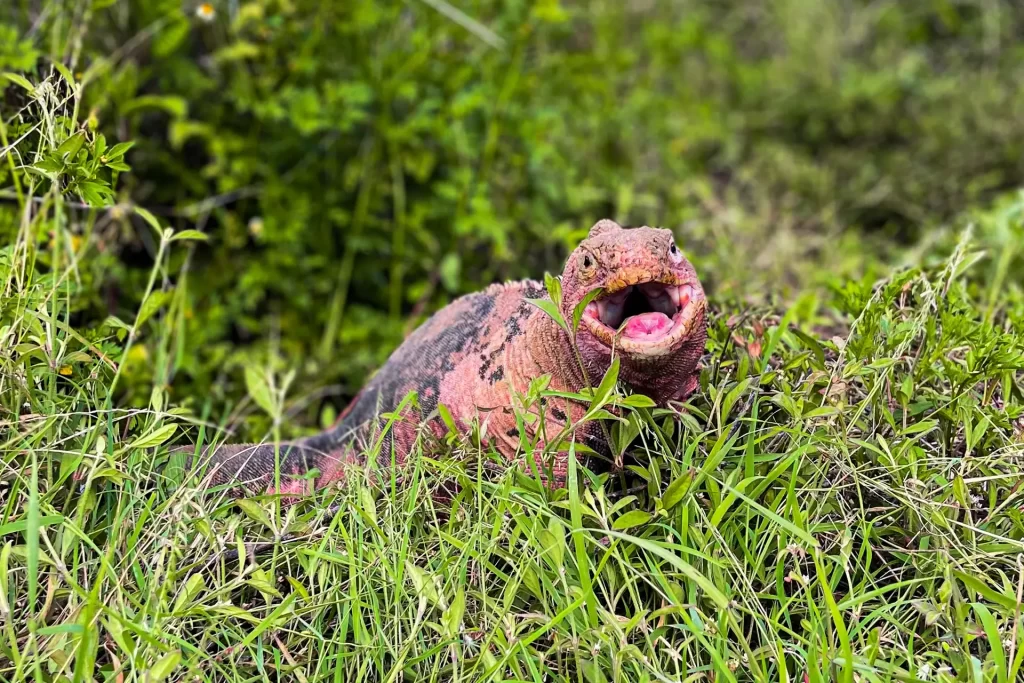
Six adventurers from the Galapagos Conservancy including park rangers, scientists and other experts, recently made a trip to the Wolf Volcano in northern Isabela Island. The expedition team led by Dr. Jorge Carrion spent over 600 hours protecting this unique volcano’s ecosystems. It is the highest point of the archipelago, at 1,707 meters above sea […]
Witnessing the Volcanic Fury in Galápagos: Jorge Carrión’s Unique Perspective From the Field
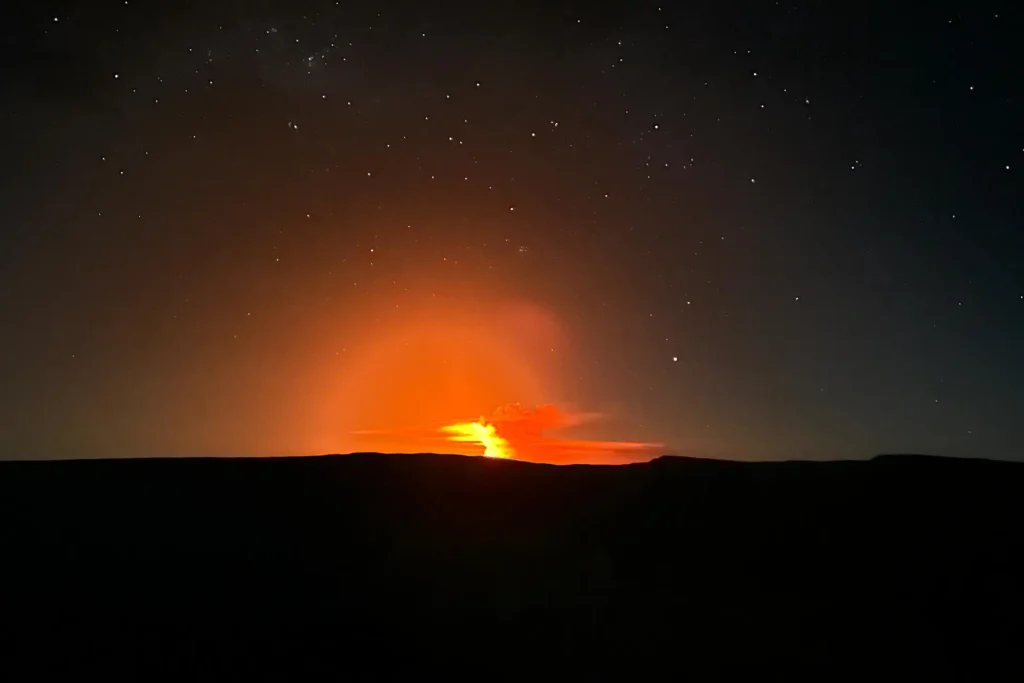
Few people are lucky enough to see a volcano erupt. For the second time within two years, Dr. Jorge Carrion, Director of Conservation for Galapagos Conservancy has witnessed first-hand the fury and majesty of vulcanism in these remote Galapagos Islands. Conserving endangered wildlife among volcanic eruptions Jorge led a conservation mission on Wolf Volcano in […]
World Wildlife Day: An Opportunity to Celebrate Biodiversity and Its Importance to Humanity
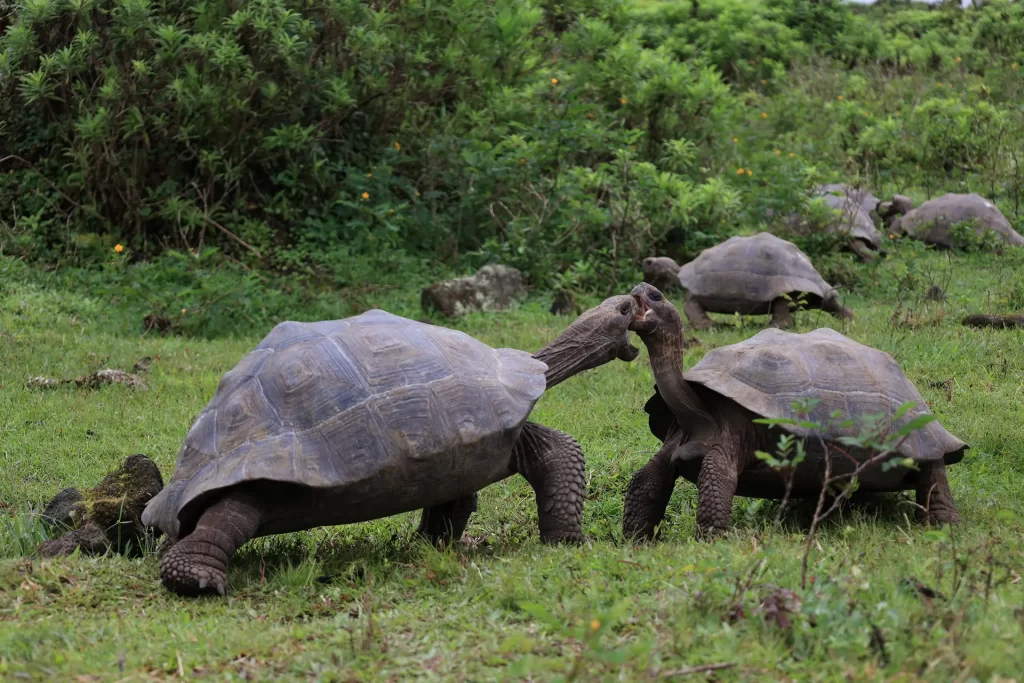
Every year on March 3, World Wildlife Day celebrates the importance of wildlife around the world. As a leader of conservation efforts in Galapagos, our organization is a key player. We work closely together with the Galapagos Park Directorate, as well as other partners, to contribute directly to the recovery and restoration of endangered species. […]
Celebrating 489 Years of Conservation and Resilience
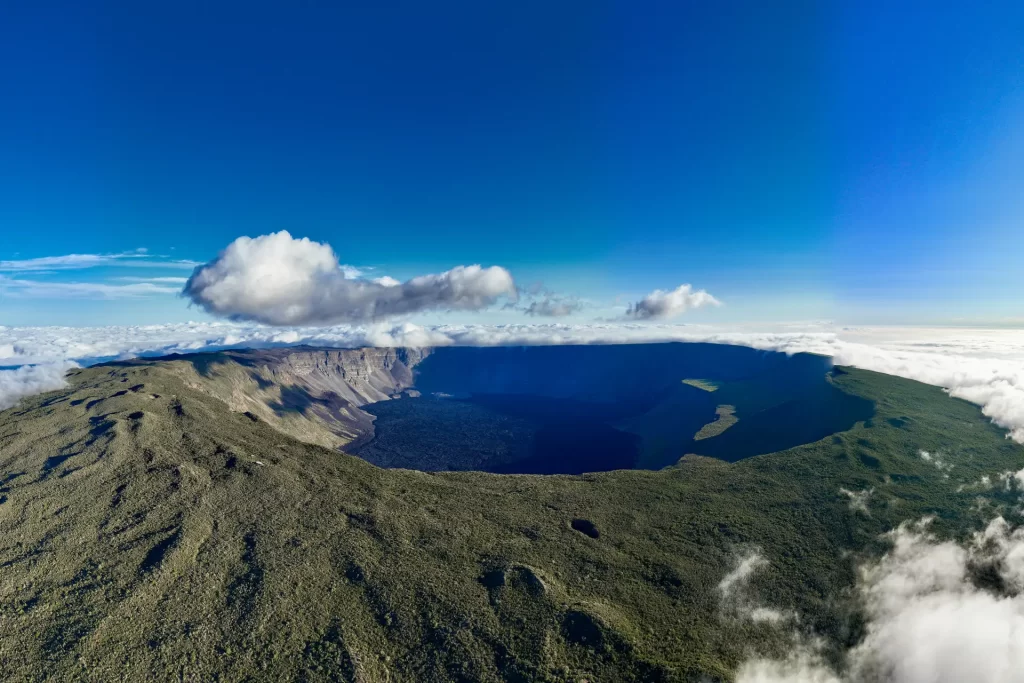
Strong ocean currents diverted the Dominican Friar Tomas de Berlanga‘s ship from its course 489 years before, and threatened disaster. Amidst the danger, however, came a unique encounter that would change history forever. Berlanga, his crew, and the vast ocean witnessed the Galapagos Islands emerge from the deep blue. This was the start […]
The Transformative Impact of Local Agriculture in a Community
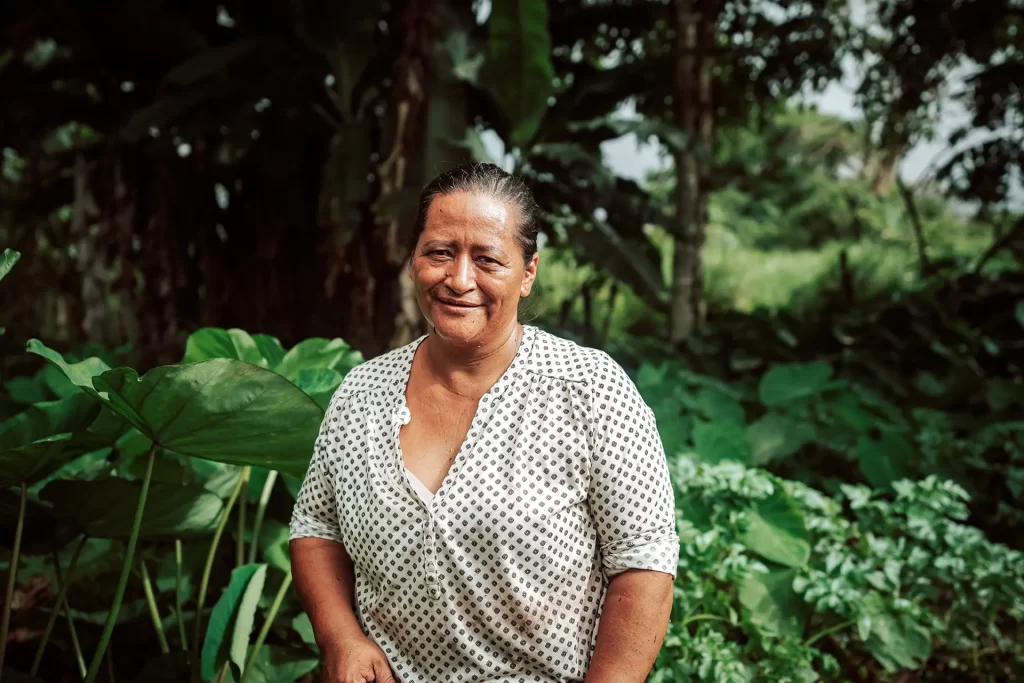
COVID-19 taught us many lessons. One of them was the importance to be self-sufficient. Noemi, an entrepreneur and a good example of this, shows us how local farming in Galapagos improves people’s lives and contributes to environmental conservation. Role of local agriculture during pandemic Families like Noemi’s have turned to agriculture as a way to […]
New Agreement Facilitates Genetic Research to Help Save Endangered Species in Galápagos
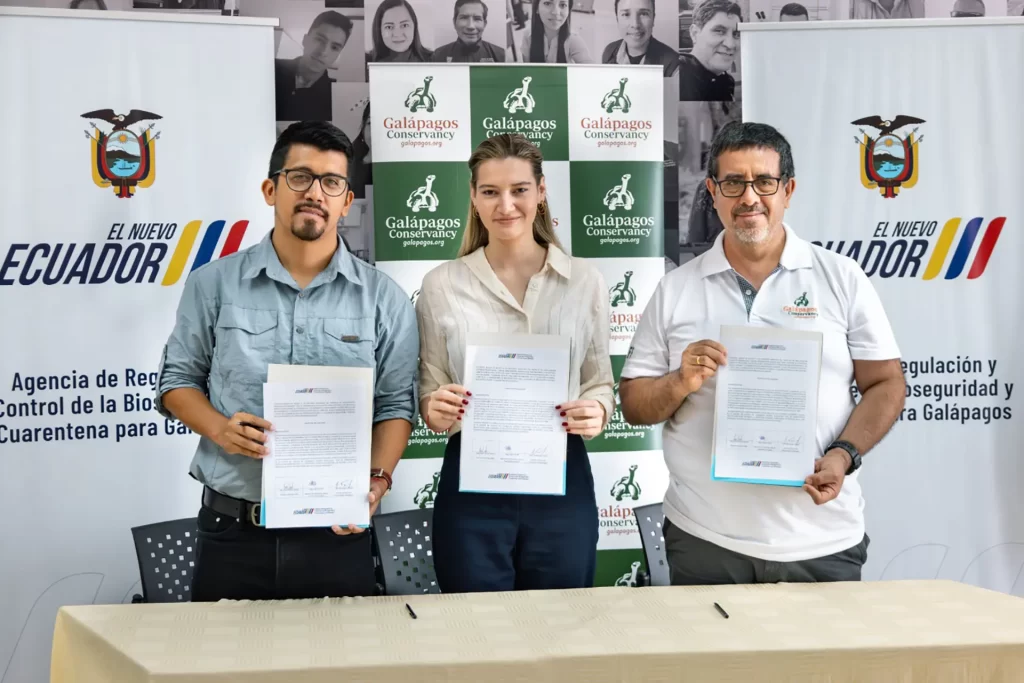
Galapagos Conservancy signed an important new agreement on February 3, 2024 with the Ecuadorian Ministry of Environment, Water, and Ecological Transition. This agreement is a step forward in an initiative by the Galapagos Biosecurity and Quarantine Agency and Galapagos Conservancy, to use molecular genetic technology to aid conservation efforts on the islands. Washington Tapia, our […]